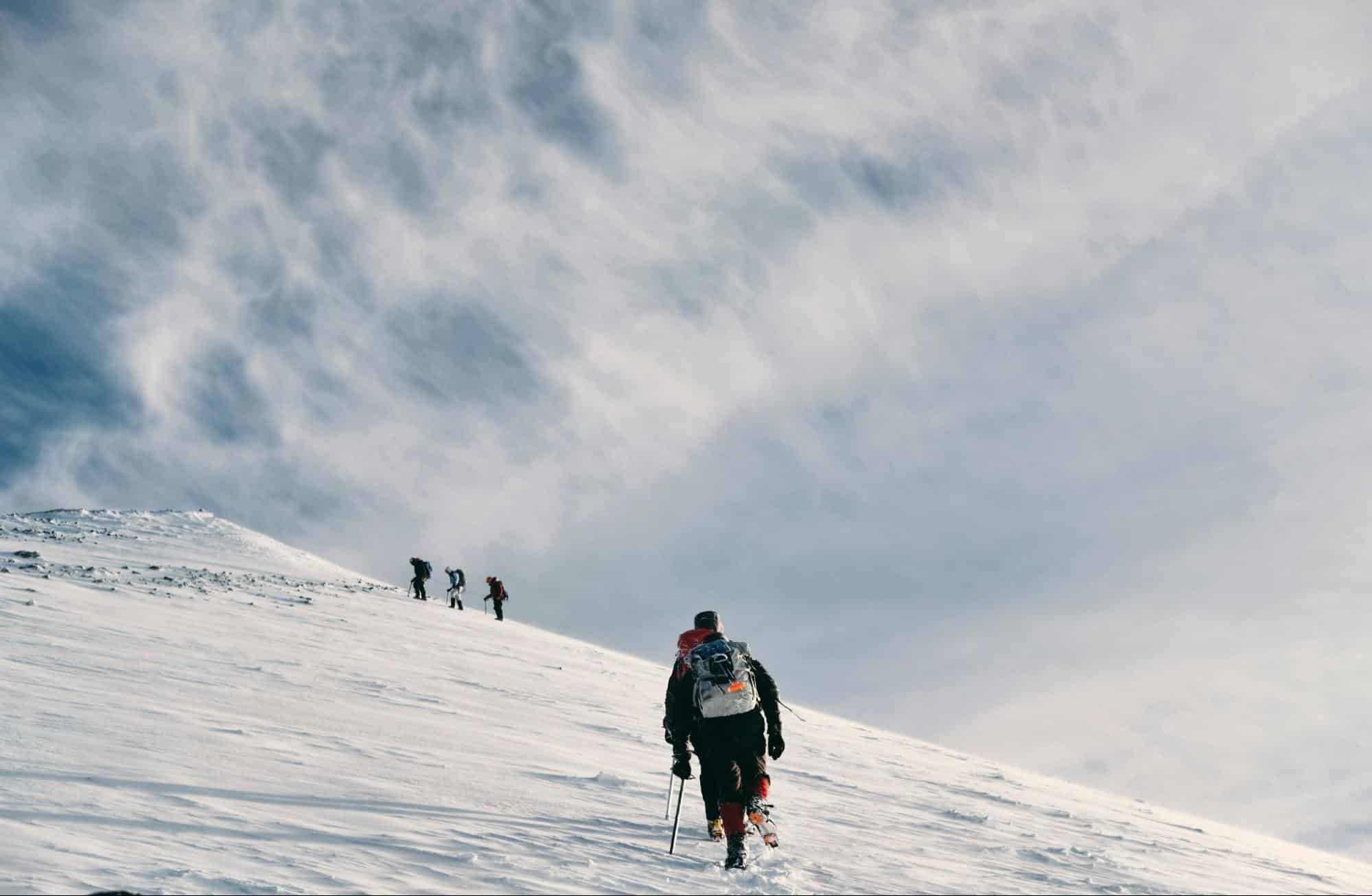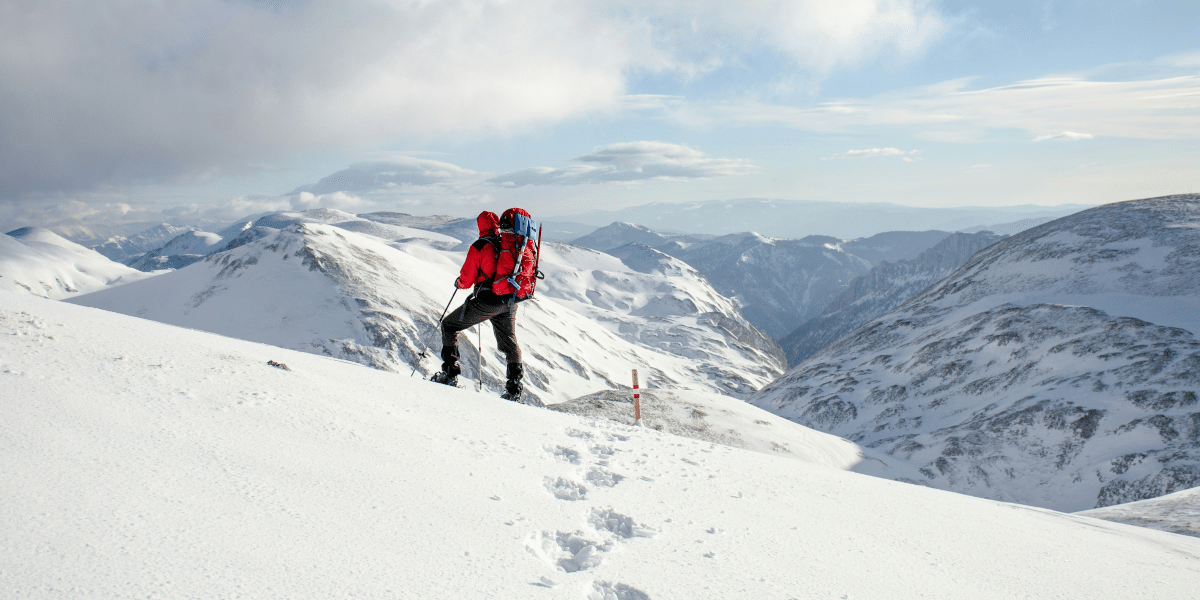Mount Everest, at 8,848 meters (29,029 ft) above sea level, is the world’s tallest mountain and has served as the ultimate climbing challenge for mountaineers worldwide.
Climbing Everest is a test of not only physical endurance but also mental fortitude and careful planning.
If you are considering this mammoth challenge, here is a complete step-by-step guide to help you prepare for and achieve your goal of reaching the top of Mount Everest.
1. Understand the Challenge
Climbing Mount Everest is not a simple walk in the park; it is a major undertaking that calls for much planning.
Due to the altitude, environmental conditions such as low oxygen levels, severe weather, and technical terrains make it one of the most demanding quests on Earth.
That is why it is important to assess the physical and mental challenges, risks, and costs that this journey will require.
2. Physical Preparation
Cardiovascular Training
Climbing at a high altitude demands superior endurance of the cardiovascular system. Start with basic cardiovascular exercise and gradually increase the frequency and difficulty of your exercises.
For endurance, it is crucial to engage in exercises such as, running, cycling, swimming, as well as hiking. Try to perform low intensity as well as the high intensity cardio exercises in order to improve both the aerobic and the anaerobic thresholds.
Strength Training

Endurance is needed in order to carry heavy loads and overcome extreme terrains. Concentrate on core strength, leg strength and developing upper body strength.
It is recommended to perform exercises that build the major muscle groups including squats, lunges, deadlift, pull-ups, and push-ups. A good core is useful in balancing and stabilizing the body especially when on an inclined or irregular terrain.
3. Mental Preparation
As everyone knows, climbing mount Everest is both a physically and mentally demanding activity. One of the important things that a person must learn is how to handle stress and remain calm under pressure.
Engage in activities such as mindfulness, meditation or any other approach that involves minimizing stress in order to keep the brain focused while on the climb. Inspiration from the actual climbers’ works, movies, and discussions with climbers, experienced mountaineers, and different people can help.
4. Choosing the Right Gear
Investing in high-quality climbing apparel and gear, like shoes, jackets, climbing rope, etc., will pay off for years of exciting excursions. Making thoughtful selections and without sacrificing quality is a good idea.
Although living at Base Camp and higher can be difficult, it can also be incredibly comfortable if you have the right gear. Everything must be sturdy, thoroughly examined, and dependable.
5. Selecting a Guide Service

Selecting a competent service provider is important so as to avoid a disastrous experience while on this journey. Make sure to find out as much as possible about different corporations, their customers’ feedback, and their safety performance indexes.
Before the expedition, one should seek good guidance services that have experience, logistics, and equipment, and some basic training should be given before the actual expedition.
6. Obtaining Permits
To climb Mount Everest, one has to obtain a permit from the Nepalese or Tibetan governments, depending on the chosen track. Permits can be costly and have to be applied for in a timely manner prior to the actual trip. As for permit applications, your guide service is generally responsible for this procedure.
7. Financial Planning
Climbing Mount Everest is an expensive undertaking. The price varies from $30000 to $100,000 or more, depending on the itinerary, additional required costs, and the guiding service selected. Permit, equipment, guide, and other service fees; travel expenses; insurance; and additional charges such as tips for the driver, cook, or other staff.
8. Climbing to Higher Camps
Camp I (6,065 meters/19,900 feet)
The first leg of the climb from Base Camp to Camp I passes through the Khumbu Icefall, one of the most challenging parts of the climb. You will use ladders and ropes to cross crevasses and blocks of ice.
Camp II (6,400 meters/21,000 feet)
From Camp I, you’ll climb the Western Cwm to reach Camp II, located at the base of the Lhotse Face. This camp serves as an advanced base camp with better facilities.
Camp III (7,200 meters/23,600 feet)
Camp III is located halfway up the Lhotse Face. The ascent to this camp entails using fixed ropes while hiking up steep ice and rocks.
Camp IV (7,920 meters/26,000 feet)
The final camp before the climbers attempt to summit is known as Camp IV and is set on the South Col. At this altitude, a person is in the “death zone,” where the oxygen level is critically low and can be life-threatening.
9. The Summit Push

Choosing the right weather window for the summit push is critical. Climbers typically wait for stable weather with minimal wind and clear skies. The summit push usually takes place in May or early June.
Conclusion
Climbing Mount Everest is on every adventurer’s bucket list, and it is very challenging. One needs to plan, work hard, and have a strong desire to reach the top.
The above guidelines will help you prepare for the summit and the physical and environmental aspects of the climbing experience.
Remember that climbing the mountain is as significant as reaching the peak; each step you make leads you to success.
Published by: Holy Minoza


















